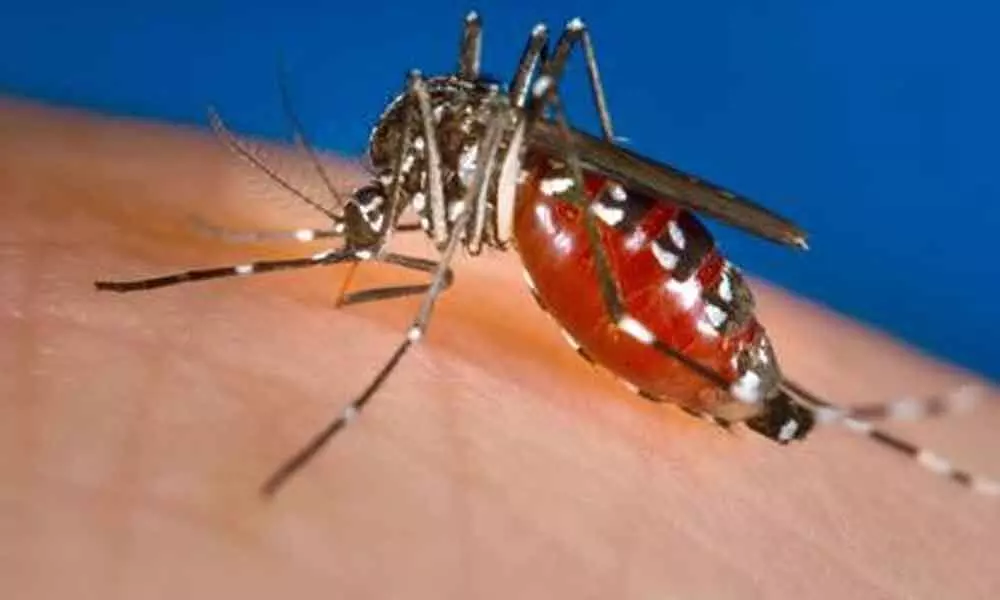Dengue virus has become resistant to certain vaccines

Virus causing dengue mutates, develops resistance to vaccines.
Washington: While searching for a new approach in vaccine development for dengue, researchers discovered that the dengue virus changes its shape through mutations in envelope protein to evade vaccines and therapeutics.
DENV2 (a dengue virus) exists as smooth spherical surface particles while growing at the mosquito's physiological temperature (29 degrees Celsius). It then changes to bumpy surfaced particles at human physiological temperature (37 degrees Celsius).
This ability to morph helps the virus to evade the immune system of the human host. Hence, understanding the mechanism behind this is important for therapeutics and vaccine development, reported the study published in the journal, 'PLOS Pathogens'.
"Together with Professor Pei-Yong Shi from UTMB, we found that in laboratory-developed DENV2 strains, mutations in the virus' E protein causes its transformation into bumpy particles. These structural changes can cause vaccines and therapeutics to be ineffective against the virus," said Ms Xin-Ni Lim, the study's lead author who is from Duke-NUS' Emerging Infectious Diseases (EID) Programme.
The team also tested four DENV2 strains obtained from patients. They observed that in contrast to the laboratory-adapted viruses, the majority of these clinical strains maintained smooth surface structure at 37 degrees Celsius.
However, at 40 degrees Celsius, the temperature of a fever, all virus strains took on a bumpy surface.
"Our study gives a new direction to vaccine development and treatment for dengue disease. For prevention of disease through vaccines that are administered to the patient before dengue infection, we should use those that are effective against the smooth surface virus," said Dr Sheemei Lok, Professor, Duke-NUS' EID and corresponding author of this study.
"When it comes to patients displaying fever symptoms, treatment strategies effective against the bumpy surface particles should be implemented," added Dr Lok.
"This study is a first step towards gaining more insight into how DENV2 reacts and adapts to the host's immunological defences. We were also able to use computational modelling approaches to predict why particles from different DENV2 strains are more or less adept at morphing from the smooth to bumpy structures. By better understanding the interactions between the virus and the host, we will be able to develop better therapies and vaccines to treat or prevent infections, and contribute to public health outcomes," said Dr Peter Bond, Principal Investigator from A*STAR's BII.
The study's findings also show that the lab adapted DENV2 may not be a good model for research, as its structure is different from the clinical strains isolated from patients. The team is planning to study the other DENV serotypes to find out if there are any other possible structural changes.















